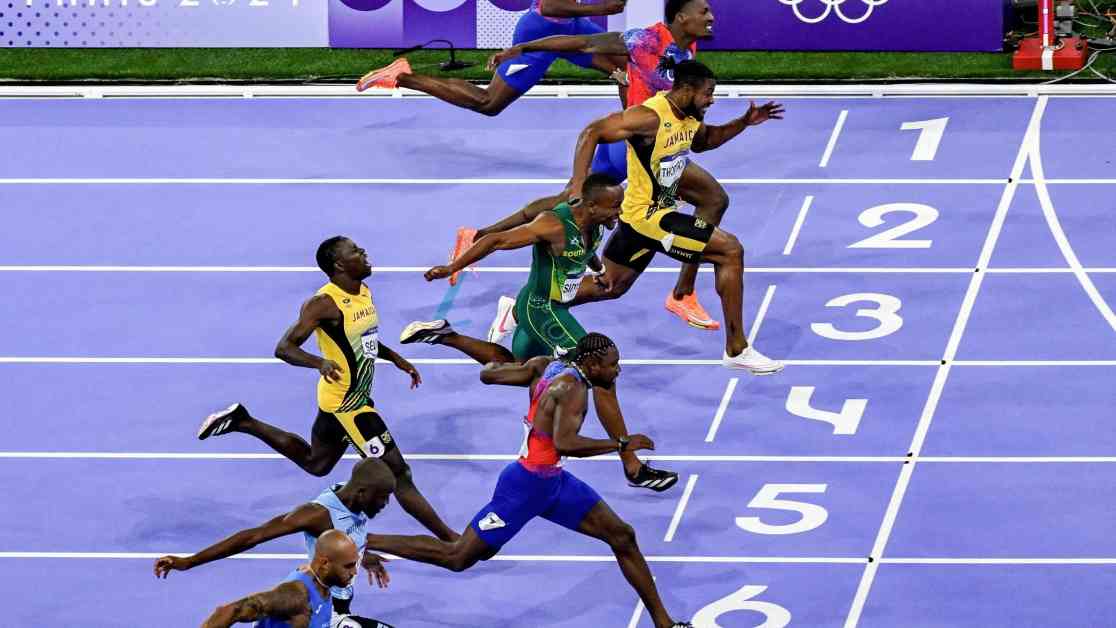Technology in Sports: The Race to Determine the Winners
In today’s fast-paced world, the intersection of technology and sports has reached new heights. From instant replays to wearable technology, the use of innovative tools has revolutionized the way we watch and participate in sports. But what impact does this technology have on the outcomes of games and competitions? How does it influence the way winners are determined in the world of sports?
Tracking Performance with Wearable Technology
One of the most significant advancements in sports technology is the use of wearable devices to track athletes’ performance. These devices can monitor heart rate, speed, distance covered, and even the intensity of movements during training and competitions. By analyzing this data, coaches and athletes can make informed decisions to improve performance and prevent injuries. But how accurate are these devices in determining the winners of sporting events?
Instant Replays and Video Analysis
Instant replays have become a staple in sports broadcasting, allowing viewers to see key moments from multiple angles. In addition to entertaining fans, these replays can also help officials make crucial decisions during games. Video analysis software can break down players’ movements frame by frame, providing valuable insights into their techniques and strategies. But how much does this technology influence the final outcome of a match or competition?
The Rise of Virtual Reality and Augmented Reality
Virtual reality (VR) and augmented reality (AR) have also made their mark on the world of sports. VR headsets can transport viewers to the sidelines of a game or even onto the field with their favorite athletes. AR technology can overlay real-time data and statistics onto live broadcasts, enhancing the viewer experience. But to what extent do these immersive technologies impact the way winners are determined in sports?
The Future of Technology in Sports
As technology continues to evolve, the line between human performance and technological assistance in sports blurs. While these advancements have undoubtedly enhanced the way we experience and engage with sports, they also raise important questions about fairness, integrity, and the essence of competition. How can we ensure that technology remains a tool to support athletes rather than overshadow their hard work and dedication?
In conclusion, the race to determine the winners in sports is not just about who crosses the finish line first or scores the most points—it is also about how we leverage technology to push the boundaries of human achievement. As we navigate this ever-changing landscape, it is essential to strike a balance between innovation and tradition to preserve the integrity and spirit of sportsmanship.

